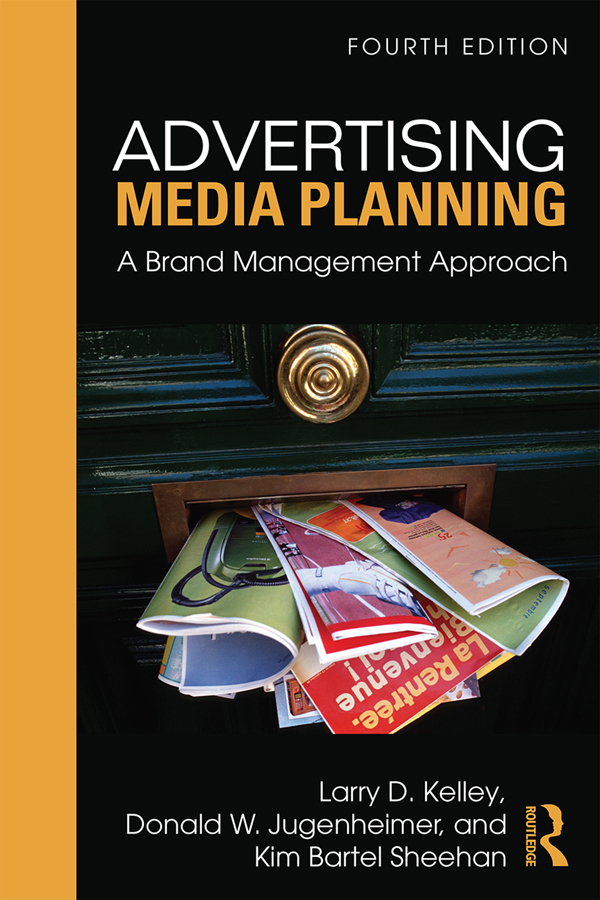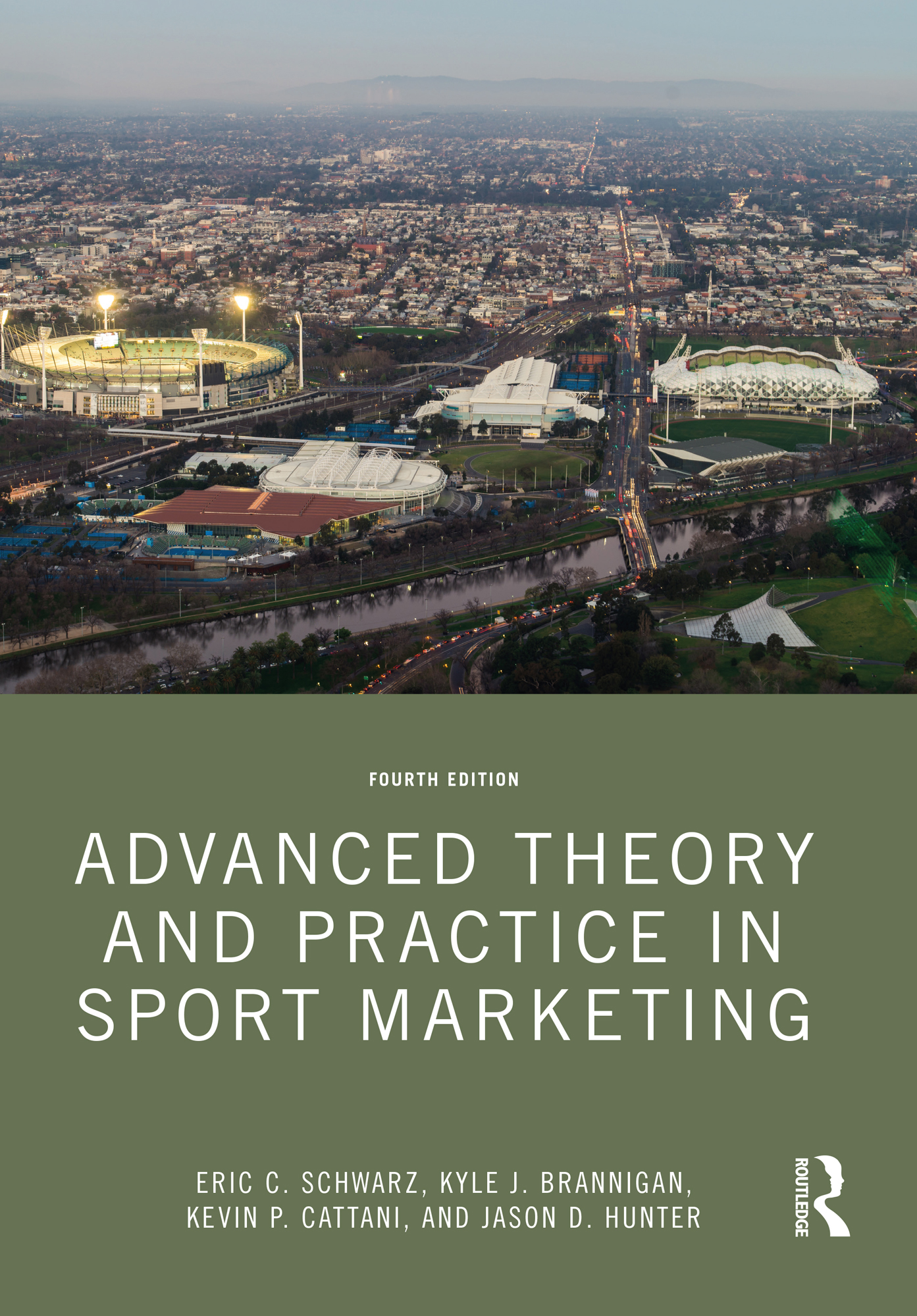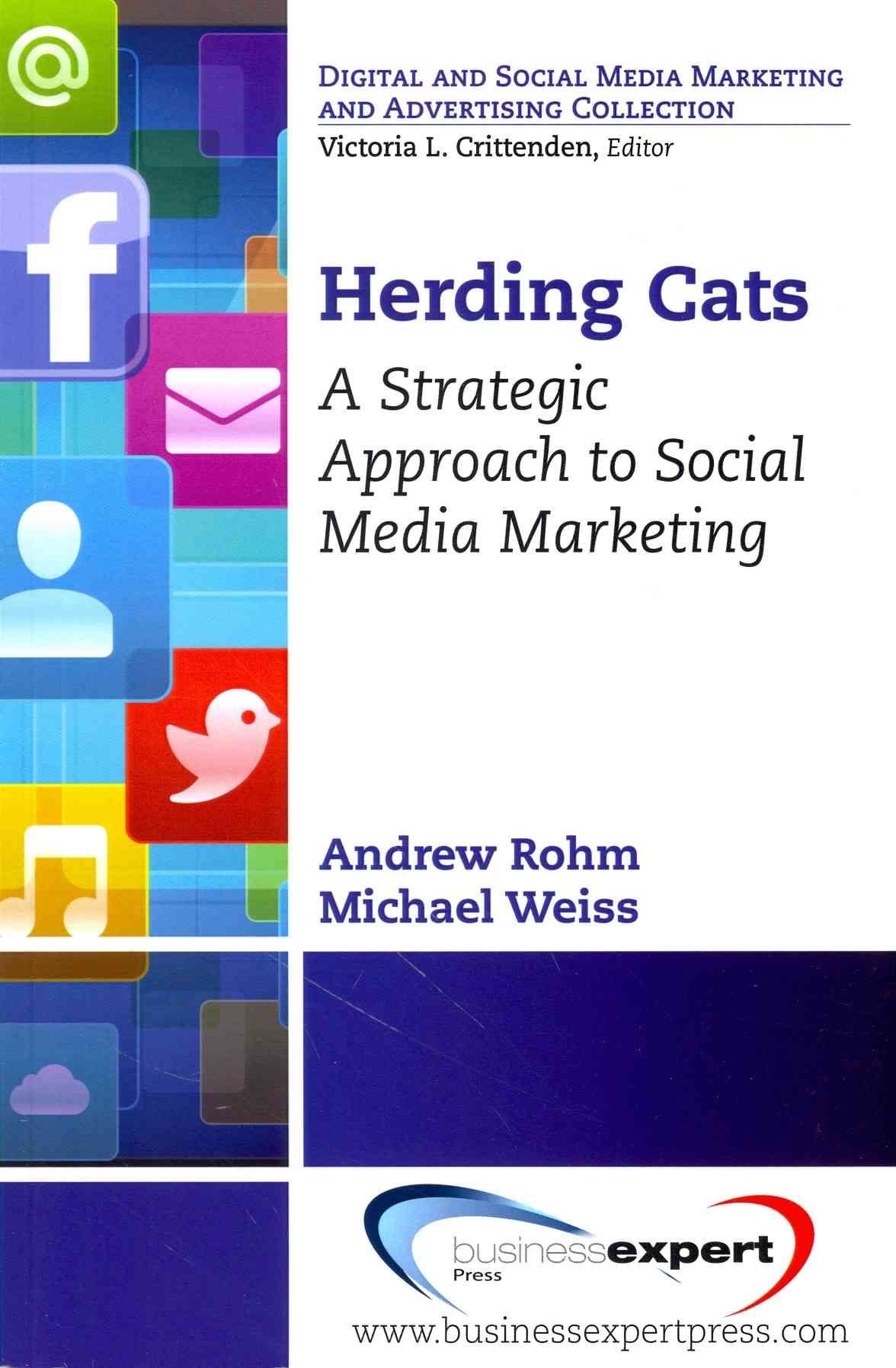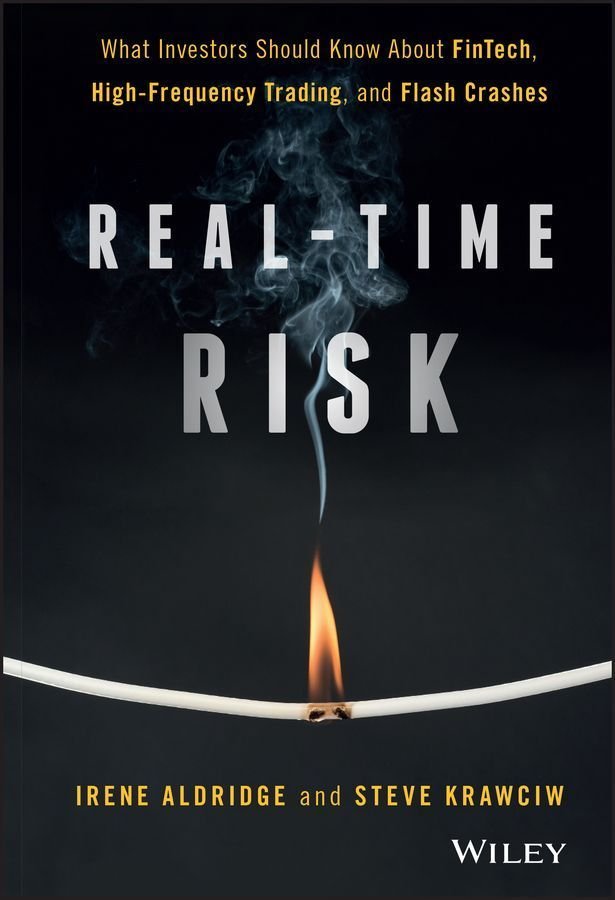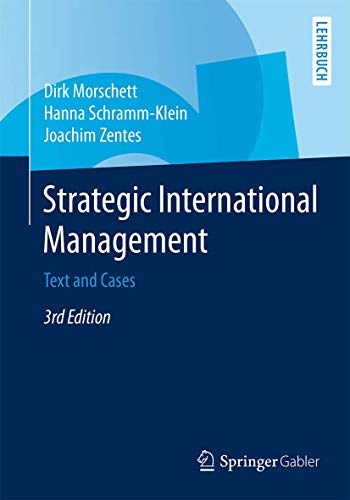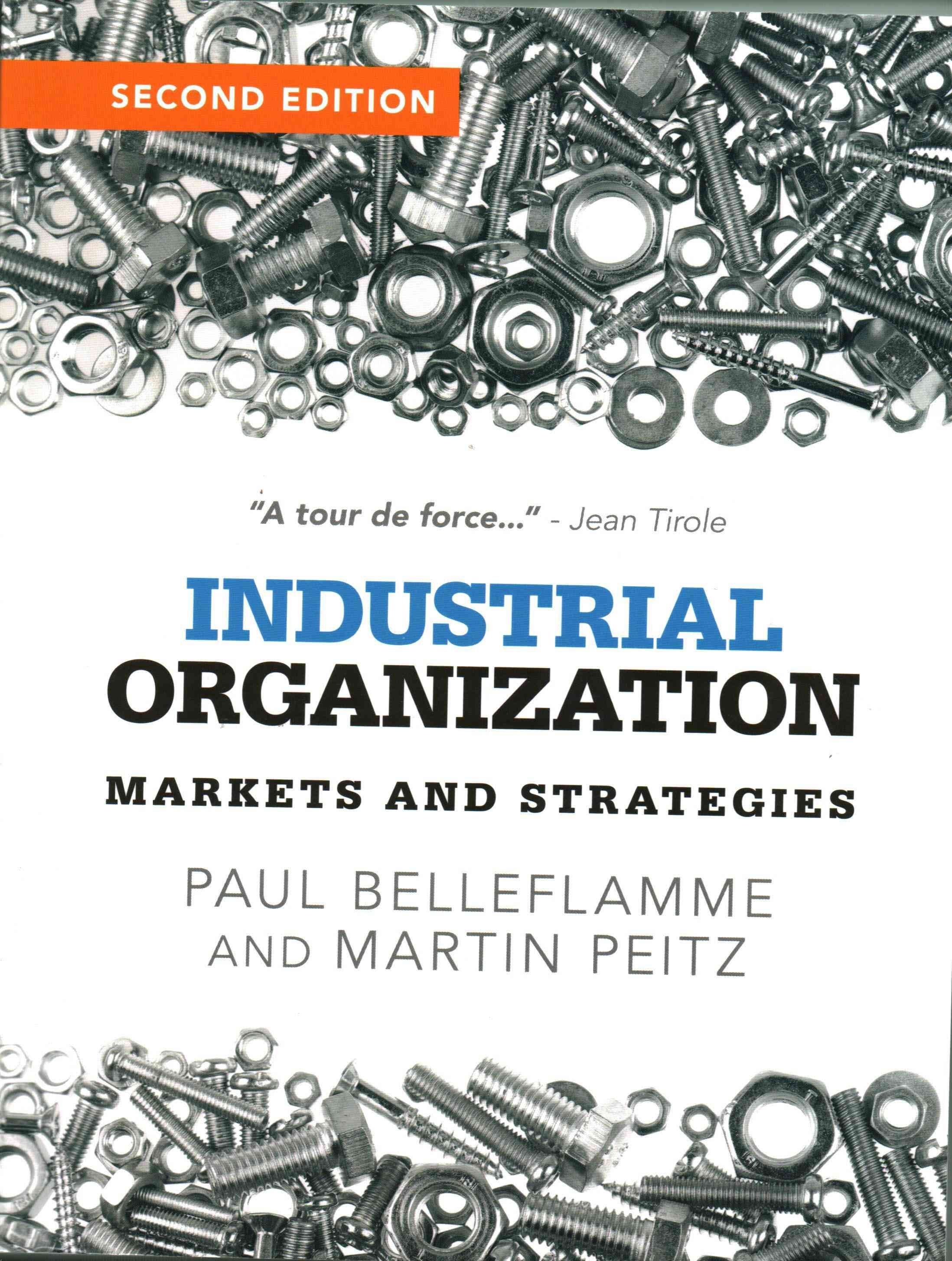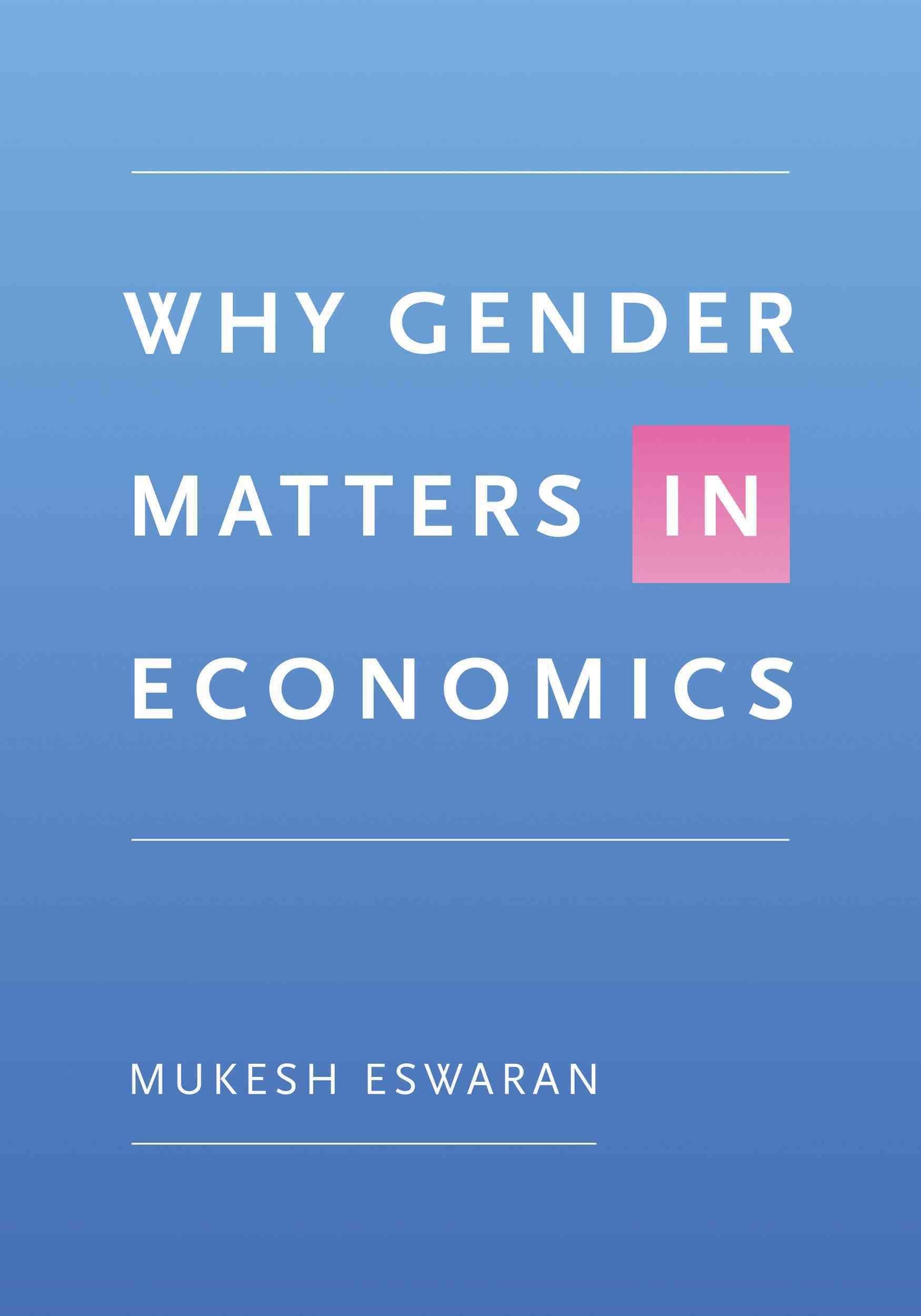This book provides a comprehensive view of the methodologies used for the study of liver toxicity encountered throughout the whole life cycle of a drug, from drug discovery, to clinical trial, post-marketing, and even clinical practice. Organized into six sections, the first section introduces the mechanisms contributing to drug-induced liver toxicity. The second and third section explore in silico and in vitro approaches used to help mitigate hepatotoxicity liability at the early stages of drug development. The fourth section describes methodologies applied in regulatory processes, including preclinical studies, clinical trials, and post-marketing surveillance. The fifth section discusses clinical hepatotoxicity. Emerging technologies are examined in the final section. As a volume in the Methods in Pharmacology and Toxicology series, chapters include the kind of expert advice that will lead to optimal results. Authoritative and practical, Drug-Induced Liver Toxicity serves all those who aim to improve assessment and understanding of hepatotoxic potentials of new medications and marketed drugs. Chapter 30 is open access under a CC BY 4.0 license via link.springer.com.

